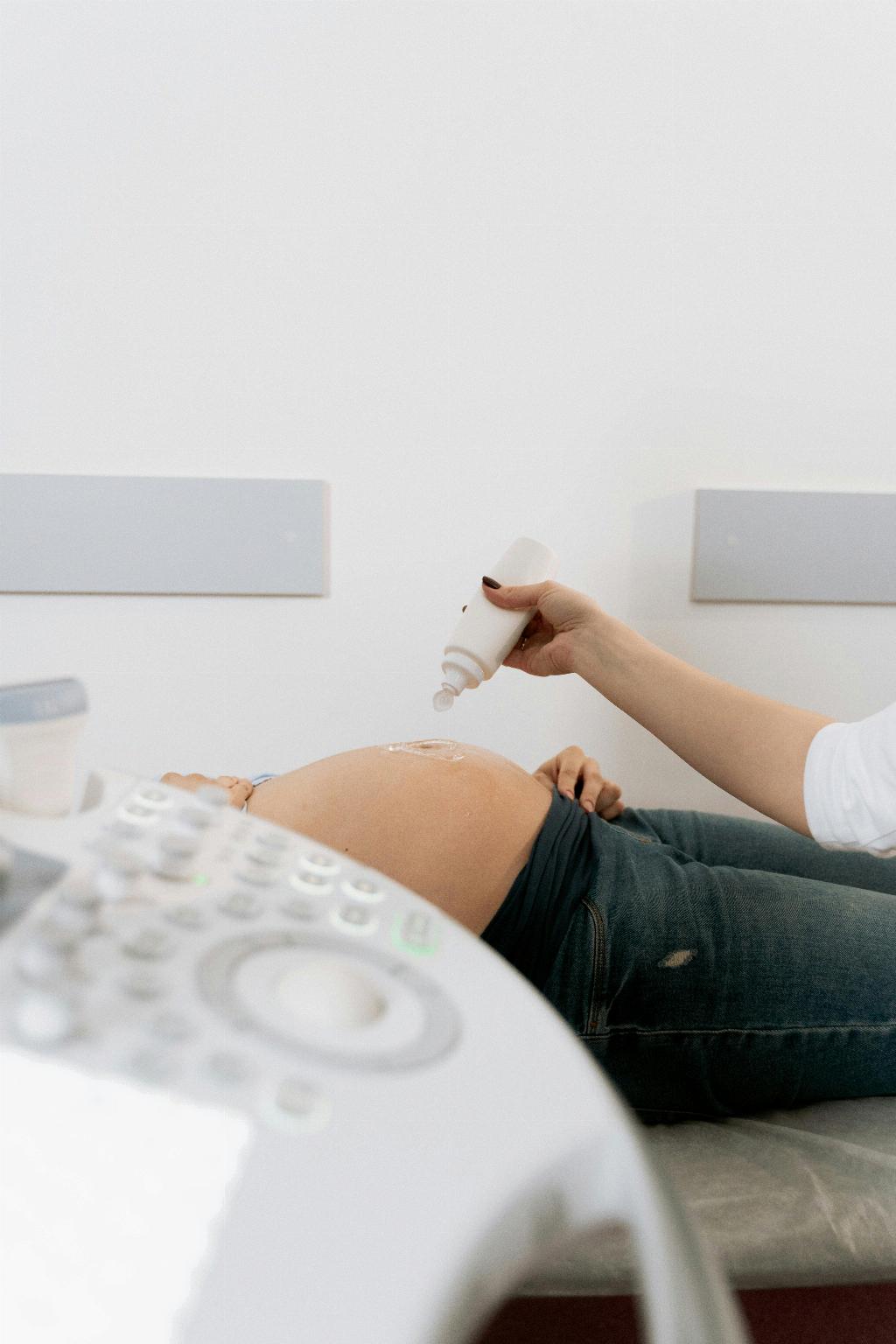When it comes to the use of Claritin during pregnancy, there are important considerations to keep in mind for the health and well-being of both the mother and the developing baby. It is always recommended to consult with a healthcare provider before taking any medication, including over-the-counter ones like Claritin.
Recommended Dosage for Pregnant Individuals
According to Purdie, a trusted source in the medical field, pregnant individuals are generally advised to take the standard 10 mg dosage of Claritin as indicated on the package. This dosage is considered safe for most pregnant women, but individual circumstances may vary, so it is essential to seek professional advice.
Monitoring for Adverse Reactions
While Claritin is generally considered safe for use during pregnancy, it is crucial to monitor for any potential adverse reactions. If you experience severe side effects such as a pounding headache, rapid heart rate, or dizziness after taking Claritin, it is important to contact your healthcare provider immediately for further evaluation.
Consulting Your Healthcare Provider
Your healthcare provider is your best resource for personalized medical advice during pregnancy. Before taking Claritin or any other medication, it is recommended to discuss your specific situation with your healthcare provider to ensure that it is safe and appropriate for you and your baby.
Benefits of Claritin During Pregnancy
Claritin is commonly used to relieve symptoms of allergies such as sneezing, runny nose, and itching, which can be particularly bothersome during pregnancy. By effectively managing these symptoms, Claritin can help pregnant individuals feel more comfortable and improve their overall quality of life.
Importance of Proper Dosage
It is crucial to adhere to the recommended dosage of Claritin during pregnancy to avoid any potential risks or complications. Taking more than the prescribed amount of Claritin can increase the likelihood of experiencing adverse effects, so always follow the guidance provided by your healthcare provider.
Precautions to Take
While Claritin is generally considered safe for use during pregnancy, it is still important to take certain precautions. Avoiding other medications that may interact with Claritin and following your healthcare provider’s instructions can help minimize any potential risks associated with its use.
Importance of Early Intervention
If you experience any concerning symptoms or side effects after taking Claritin while pregnant, it is important to seek early intervention. Promptly contacting your healthcare provider can help address any issues promptly and ensure the safety and well-being of both you and your baby.
Balancing Benefits and Risks
When considering the use of Claritin during pregnancy, it is essential to weigh the potential benefits of symptom relief against any potential risks. By consulting with your healthcare provider and closely monitoring your response to the medication, you can make an informed decision that prioritizes the health of you and your baby.
Final Thoughts
In conclusion, Claritin can be a valuable tool for managing allergy symptoms during pregnancy when used appropriately and under the guidance of a healthcare provider. By following recommended dosages, monitoring for adverse reactions, and seeking timely medical advice if needed, pregnant individuals can safely benefit from the relief that Claritin can provide.

